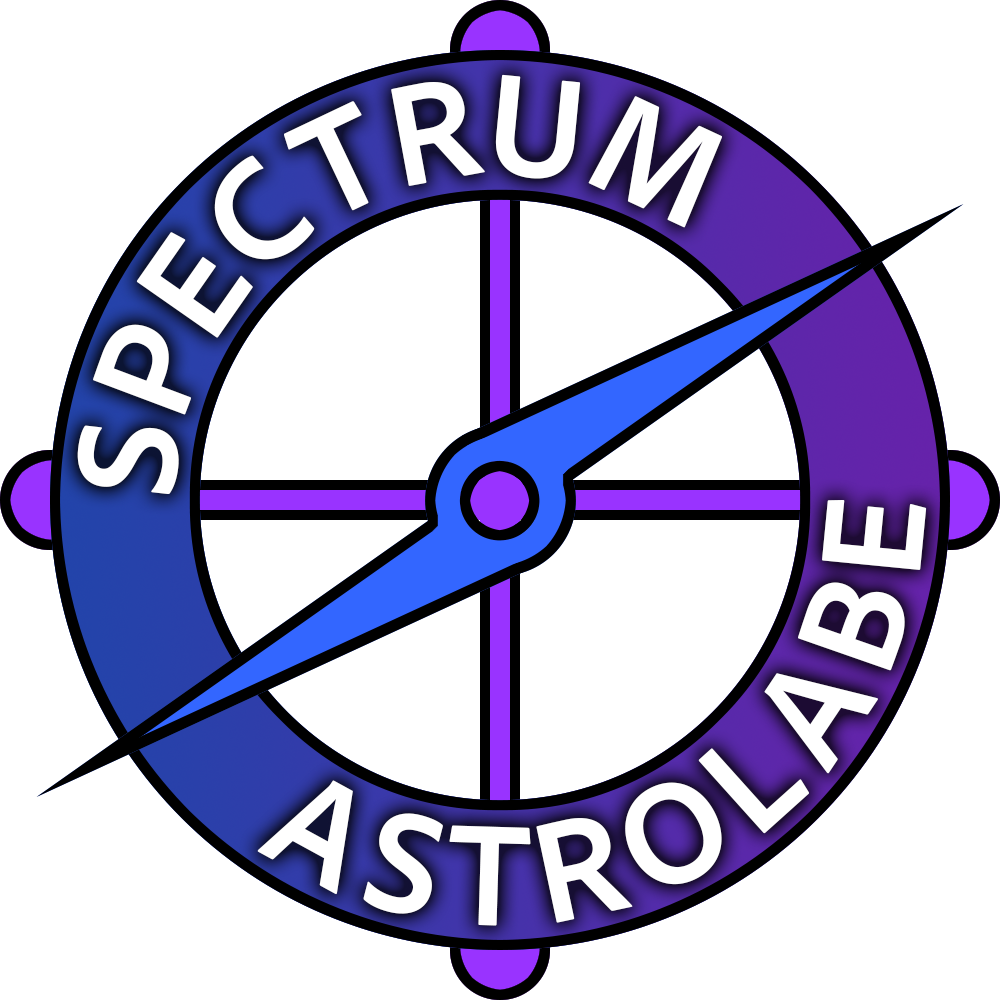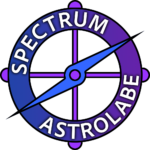Introduction to Neurodiversity
Neurodiversity is a powerful concept that celebrates the natural variation in human brain function and behavior. It emphasizes that these differences are not problems but rather a part of what makes us unique and valuable. By embracing neurodiversity, we can create a more inclusive and supportive environment where everyone feels valued for who they are.
Imagine a world where every individual’s strengths and challenges are recognized and respected. This is the world that neurodiversity advocates for—a world where we celebrate the diversity of human cognition and foster a culture of acceptance and understanding. Neurodiversity encourages us to view conditions like autism, ADHD, and dyslexia not as disorders but as differences that bring unique perspectives and abilities to the table.
Embracing neurodiversity is about recognizing that each person has something special to offer. It’s about creating a society where everyone feels welcome and supported, regardless of how their brain works. By doing so, we can build a more vibrant and diverse community that celebrates the richness of human cognition.
History of Neurodiversity
The neurodiversity movement began to take shape in the late 1980s and early 1990s, with several pivotal moments that have shaped its evolution. Here are some key points in its history:
- Early 1990s: The formation of Autism Network International marked an early stage in the neurodiversity movement. This organization played a crucial role in bringing together autistic individuals and their families, fostering a sense of community and advocacy.
- 1993: Jim Sinclair delivered a groundbreaking speech titled “Don’t Mourn for Us” at the International Conference on Autism in Toronto. Although Sinclair did not explicitly use the term “neurodiversity,” his speech is often regarded as a foundational moment in the movement. It emphasized the importance of accepting autistic individuals for who they are, rather than trying to change them. This speech helped shift the focus towards self-advocacy and acceptance within the autism community.
- 1996-1998: The concept of neurological diversity began to emerge in online forums and discussions. Harvey Blume, an American journalist, published an article titled “Neurodiversity” in The Atlantic in 1998, marking the first time the term appeared in print. This publication helped popularize the idea of neurodiversity beyond online communities.
- 1999: Judy Singer published her Master’s thesis titled “Odd People In,” where she coined the term “neurodiversity.” Singer’s work drew on the concept of biodiversity to describe the diversity of human brains and minds.
- 2004: Amy Harmon published her article “Neurodiversity Forever; The Disability Movement Turns to Brains” in the New York Times. This was the first publication on neurodiversity in a prominent newspaper. Kathleen Seidel also created the website Neurodiversity.com to honor the differences in human brains.
- 2005: Susanne Antonetta published the first book on neurodiversity titled “A Mind Apart: Travels in a Neurodiverse World.”
- 2006: The central theme of Autistic Pride Day, celebrated on June 18th each year, was “Celebrating Neurodiversity.”
- 2009: Higher education institutions began researching and publishing articles on neurodiversity, marking a significant shift in academic recognition.
- 2015: Steve Silberman published his book “NeuroTribes: The Legacy of Autism and the Future of Neurodiversity,” spreading the framework of neurodiversity to a broader audience.
This history highlights the power of advocacy and community in shaping our understanding of neurological differences. By recognizing early advocates and key events, we honor the journey towards acceptance and inclusion that has brought us to where we are today.
Conditions Included Under Neurodiversity
Neurodiversity encompasses a wide range of conditions, including but not limited to:
- Autism Spectrum Disorder (ASD): Characterized by differences in social interaction, communication, and repetitive behaviors. Individuals with ASD often have unique strengths and challenges.
- Attention-Deficit/Hyperactivity Disorder (ADHD): Marked by difficulties in attention, impulsivity, and hyperactivity. ADHD can bring creative strengths and challenges in organization.
- Dyslexia: A learning difficulty affecting reading and writing skills, often accompanied by strengths in verbal comprehension.
- Dyspraxia (Developmental Coordination Disorder): Involves challenges with motor coordination and organization.
- Dyscalculia: A condition affecting mathematical understanding and skills.
- Tourette Syndrome: Characterized by repetitive movements or vocalizations.
These conditions highlight the diversity of human brain function and the importance of recognizing and valuing these differences. Each condition brings its own set of challenges and strengths, and understanding these variations is crucial for creating supportive environments.
Moreover, recognizing neurodiversity helps us appreciate the diverse contributions that neurodivergent individuals make to society. From innovative problem-solving to creative expression, neurodivergent individuals bring unique perspectives that enrich our communities.
Contemporary Significance of Neurodiversity
Today, neurodiversity is a movement that challenges traditional views of neurological differences. It emphasizes acceptance and inclusion, recognizing that neurodivergent individuals bring unique strengths and perspectives to society. The movement has led to increased awareness and advocacy, with efforts to create more inclusive environments in education and the workplace.
Neurodiversity has become a part of identity for many, providing a framework for understanding and embracing differences rather than trying to change them. This shift in perspective has empowered neurodivergent individuals to advocate for their rights and needs, pushing for a more equitable society. By acknowledging and celebrating neurodiversity, we can break down barriers and reduce stigma associated with neurodevelopmental conditions.
Moreover, neurodiversity has significant implications for education and employment. In educational settings, recognizing neurodiversity can lead to more tailored learning strategies that support diverse cognitive styles. In the workplace, embracing neurodiversity can enhance creativity, innovation, and problem-solving by leveraging the unique strengths of neurodivergent employees. This not only benefits individuals but also enriches the broader community by fostering a culture of diversity and inclusion.
Additionally, neurodiversity has inspired new approaches to mental health and well-being. By focusing on acceptance and support rather than “fixing” differences, we can create healthier and more supportive environments for everyone.
Challenges and Controversies
While the neurodiversity movement has been influential, it also faces challenges and controversies. Some critics argue that it downplays the difficulties associated with certain conditions, potentially making it harder for individuals to access necessary support and treatment. Others argue that the movement may not adequately represent the needs of those with more severe impairments, leading to concerns about inclusivity and representation.
Additionally, there is a concern about the commercialization of neurodiversity, where the term is used to sell products or services that may not align with the movement’s core values of acceptance and inclusion. This “performative neurodiversity” can trivialize the movement’s message and limit real activism.
Some researchers have advocated for mixed or integrative approaches that involve both neurodiversity perspectives and biomedical interventions. This approach aims to balance the need for acceptance with the need for support and treatment, recognizing that both are essential for the well-being of neurodivergent individuals. By engaging in open dialogue and addressing these challenges, we can ensure that the neurodiversity movement remains inclusive and effective in its advocacy.
Furthermore, addressing these challenges requires ongoing collaboration between neurodivergent individuals, researchers, and policymakers. By working together, we can create a more comprehensive and supportive framework for neurodiversity that addresses both the social and medical aspects of neurological differences.
Conclusion
Neurodiversity is a powerful concept that has evolved significantly since its inception. It represents a shift from viewing neurological differences as deficits to recognizing them as natural variations with both challenges and strengths. By understanding and embracing neurodiversity, we can work towards creating a more inclusive and equitable society where all individuals can thrive. The movement continues to evolve, addressing criticisms and controversies while advocating for the rights and inclusion of neurodivergent individuals.
As we move forward, it is crucial to ensure that the neurodiversity movement remains inclusive and responsive to the diverse needs of all neurodivergent individuals. By embracing neurodiversity, we not only enrich our communities but also foster a more compassionate and accepting world. The journey of the neurodiversity movement is a testament to the power of advocacy and the strength of community, and it continues to inspire positive change in how we perceive and support neurological differences. By embracing this journey together, we can build a brighter future for everyone.
Citations
Online Sources:
- Neurodiversity Resources for Parents & Professionals – https://www.thecenterforconnection.org/ot-resources
- Neurodiversity Studies: Mapping Out Possibilities of a New Critical Paradigm – https://pmc.ncbi.nlm.nih.gov/articles/PMC7611889/
- The Neurodiversity Alliance – https://thendalliance.org
- Ivymount Organization – https://www.ivymount.org/about-us/ivymount-organization/
- Neurodiversity Network – https://www.neurodiversitynetwork.net/articles-websites
- Harvard Health Publishing: What is Neurodiversity? – https://www.health.harvard.edu/blog/what-is-neurodiversity-202204262732
- Divergents Magazine – https://www.divergentsmag.com/
- Autism Acceptance Resources – https://autisticadvocacy.org/
- Different Brains – https://www.differentbrains.org/
- Neurodiversity Hub – https://www.neurodiversityhub.org/
- Wrong Planet – https://wrongplanet.net/
- GRASP – https://www.grasp.org/
Important Books:
- “NeuroTribes: The Legacy of Autism and the Future of Neurodiversity” by Steve Silberman
- “A Mind Apart: Travels in a Neurodiverse World” by Susanne Antonetta
- “Odd People In” by Judy Singer (thesis that coined the term “neurodiversity”)
- “The Power of Neurodiversity: Unleashing the Advantages of Your Differently Wired Brain” by Thomas Armstrong
- “Divergent Mind: Thriving in a World That Wasn’t Designed for You” by Jenara Nerenburg
- “Uniquely Human: A Different Way of Seeing Autism” by Barry M. Prizant








